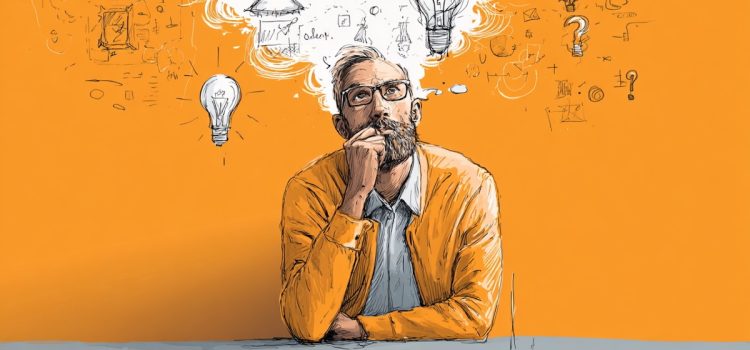Have you ever walked away from a conversation feeling frustrated, misunderstood, or like you were talking to a brick wall? Whether it’s a heated family dinner discussion or a tense meeting at work, we’ve all been there. Jefferson Fisher’s The Next Conversation: Argue Less, Talk More isn’t about winning debates or getting your way. Instead, Fisher focuses on building genuine connections and turning conflicts into opportunities for understanding. Continue reading to discover how to handle even the toughest conversations.
The Next Conversation: Argue Less, Talk More (Jefferson Fisher)










